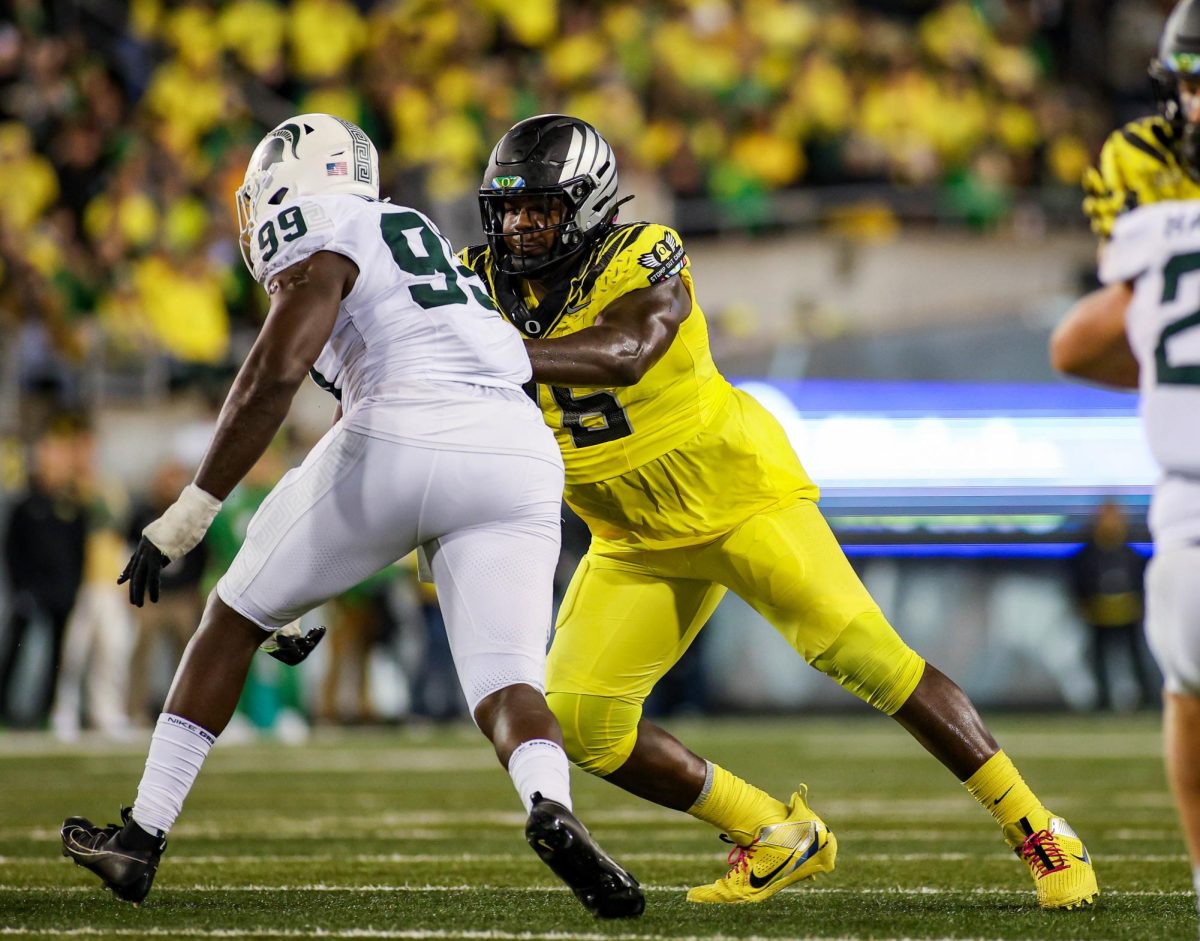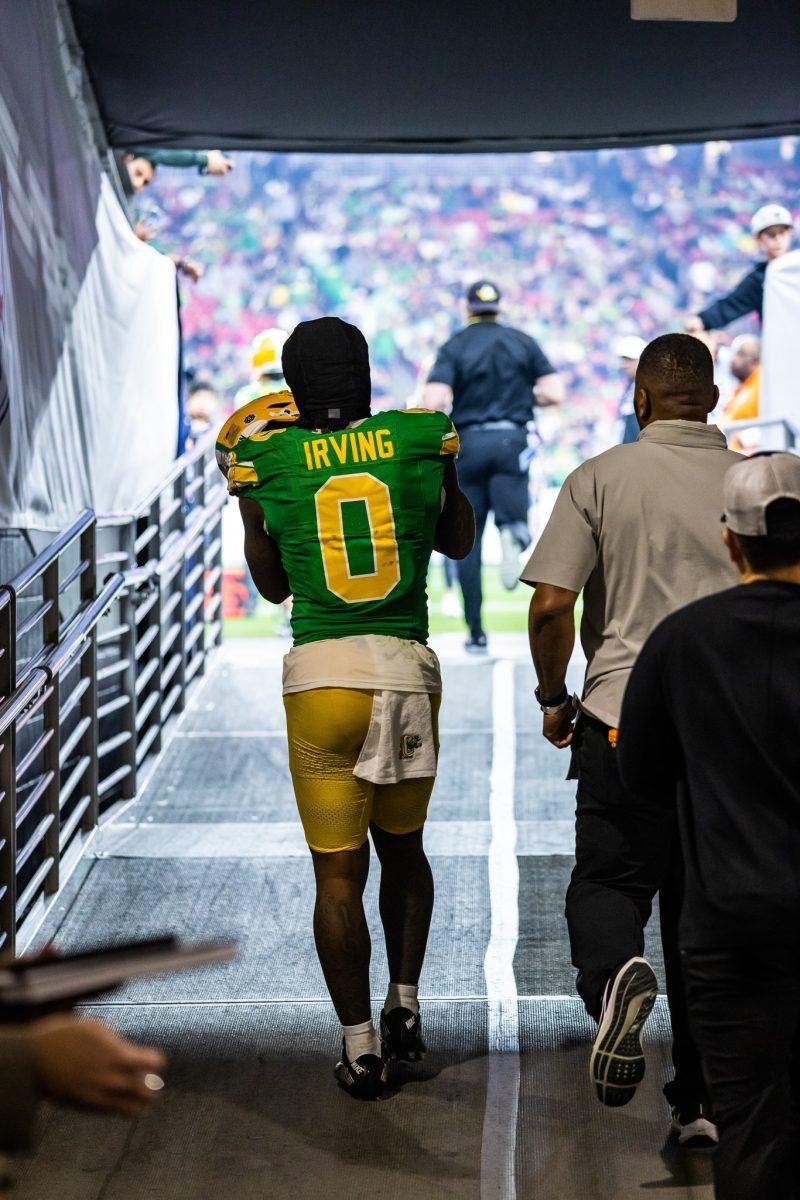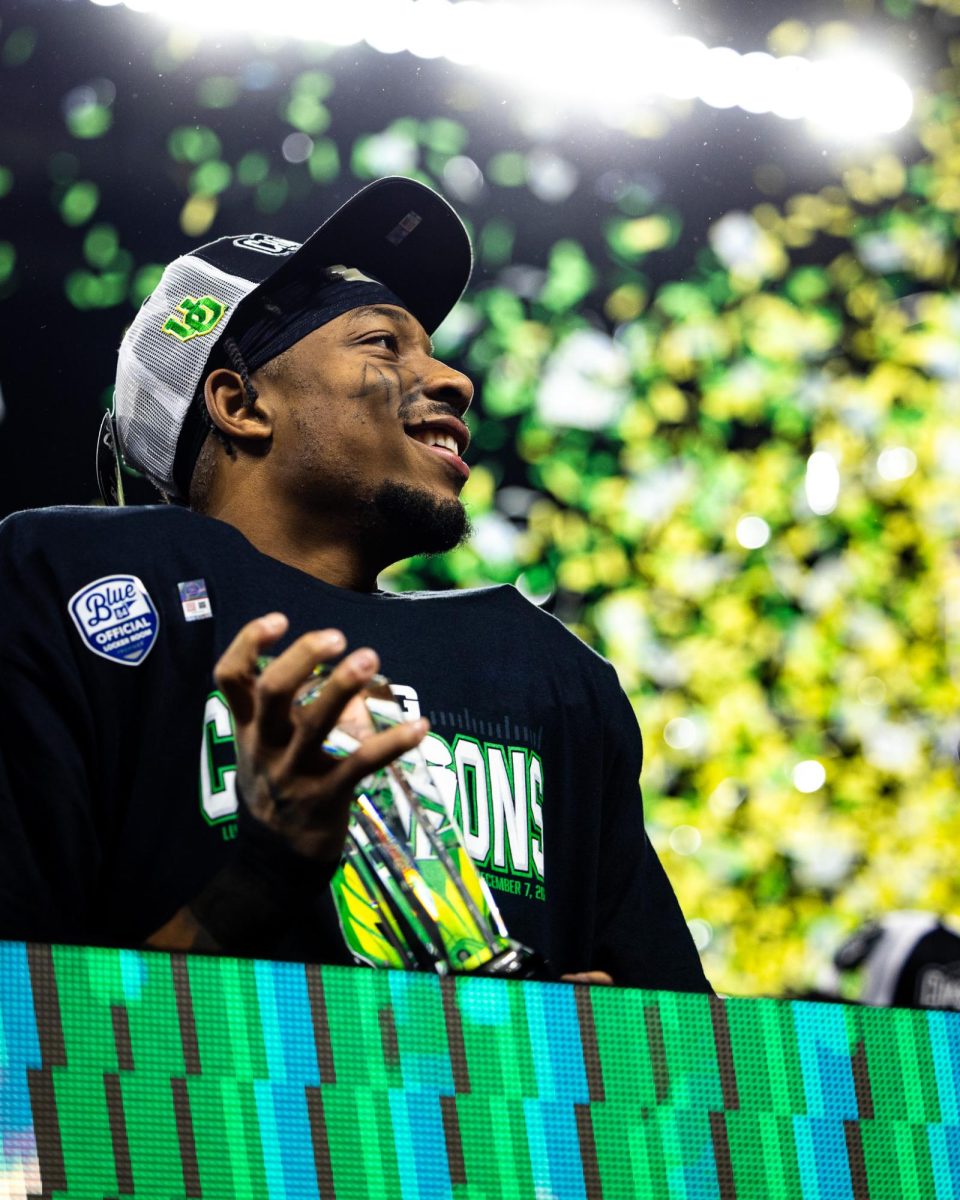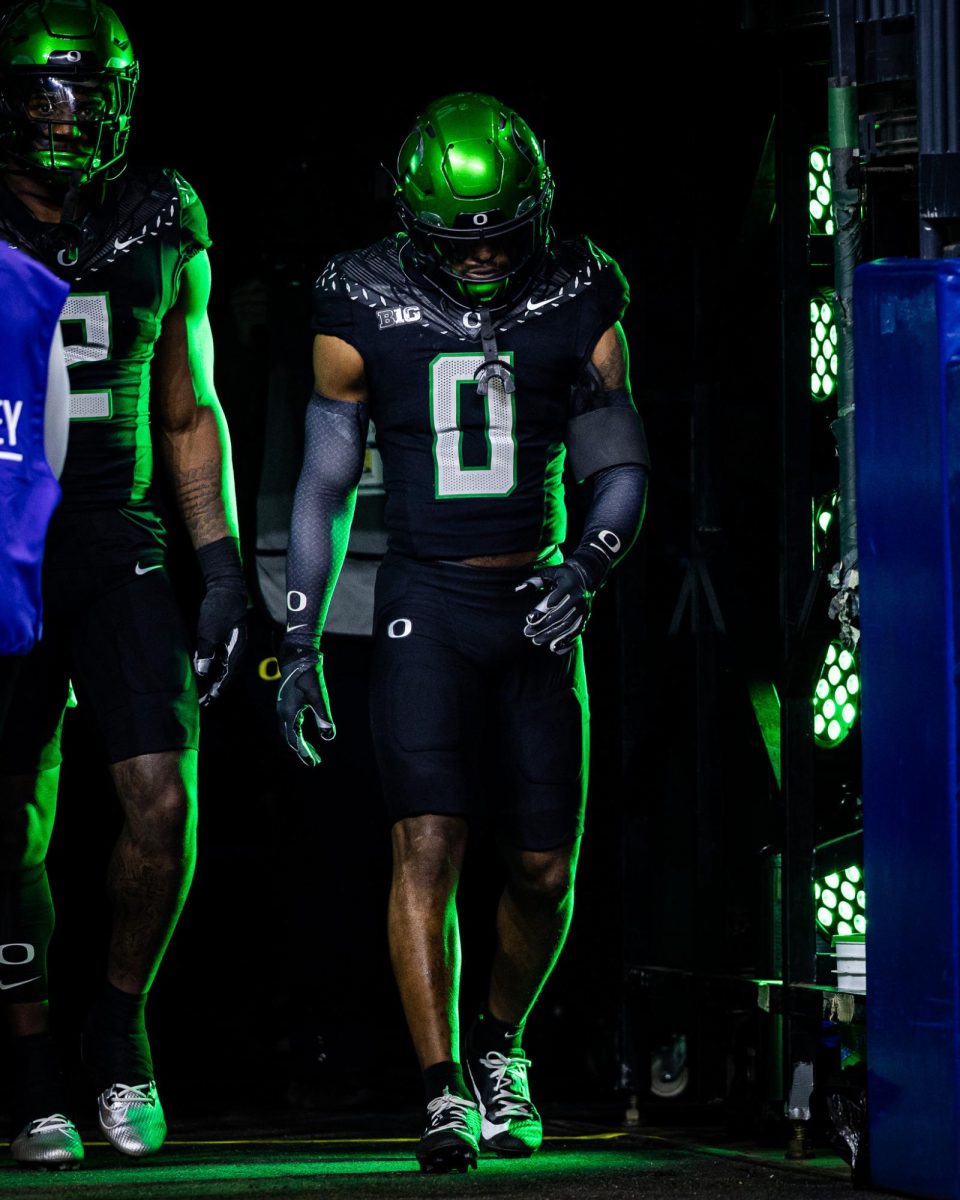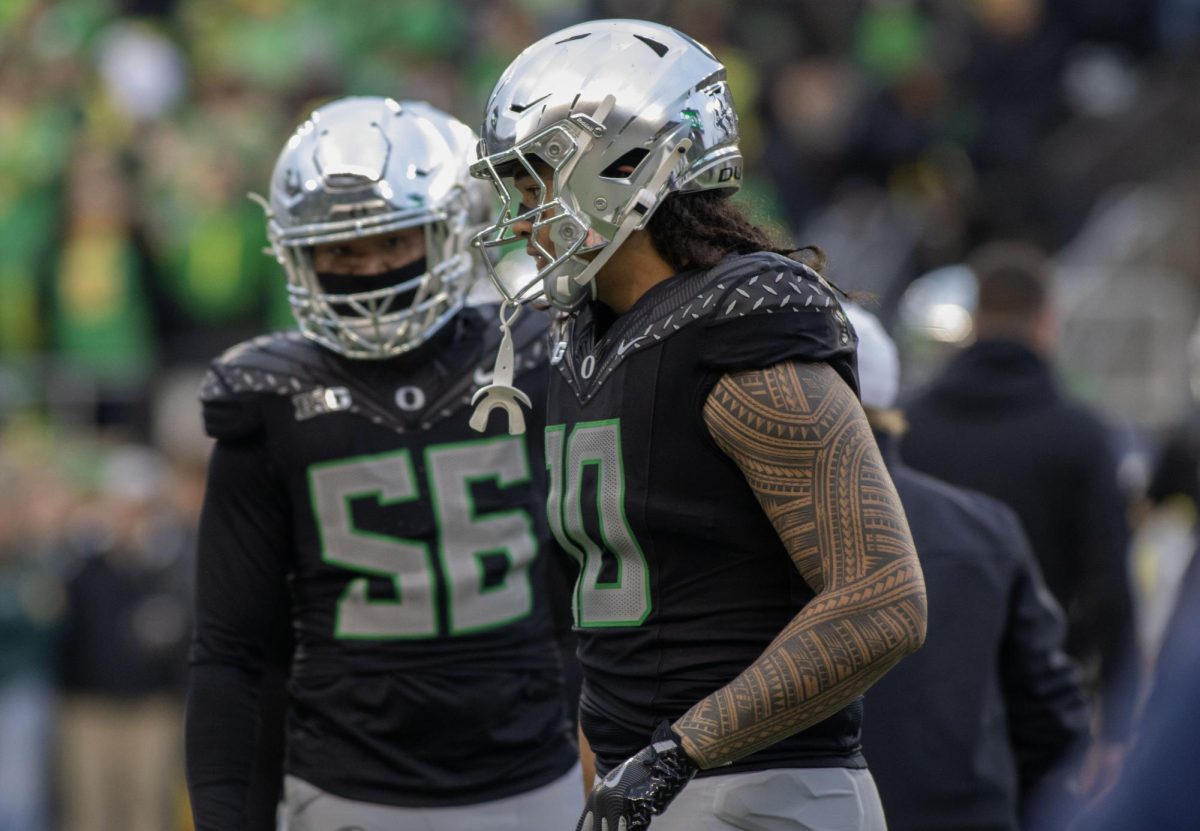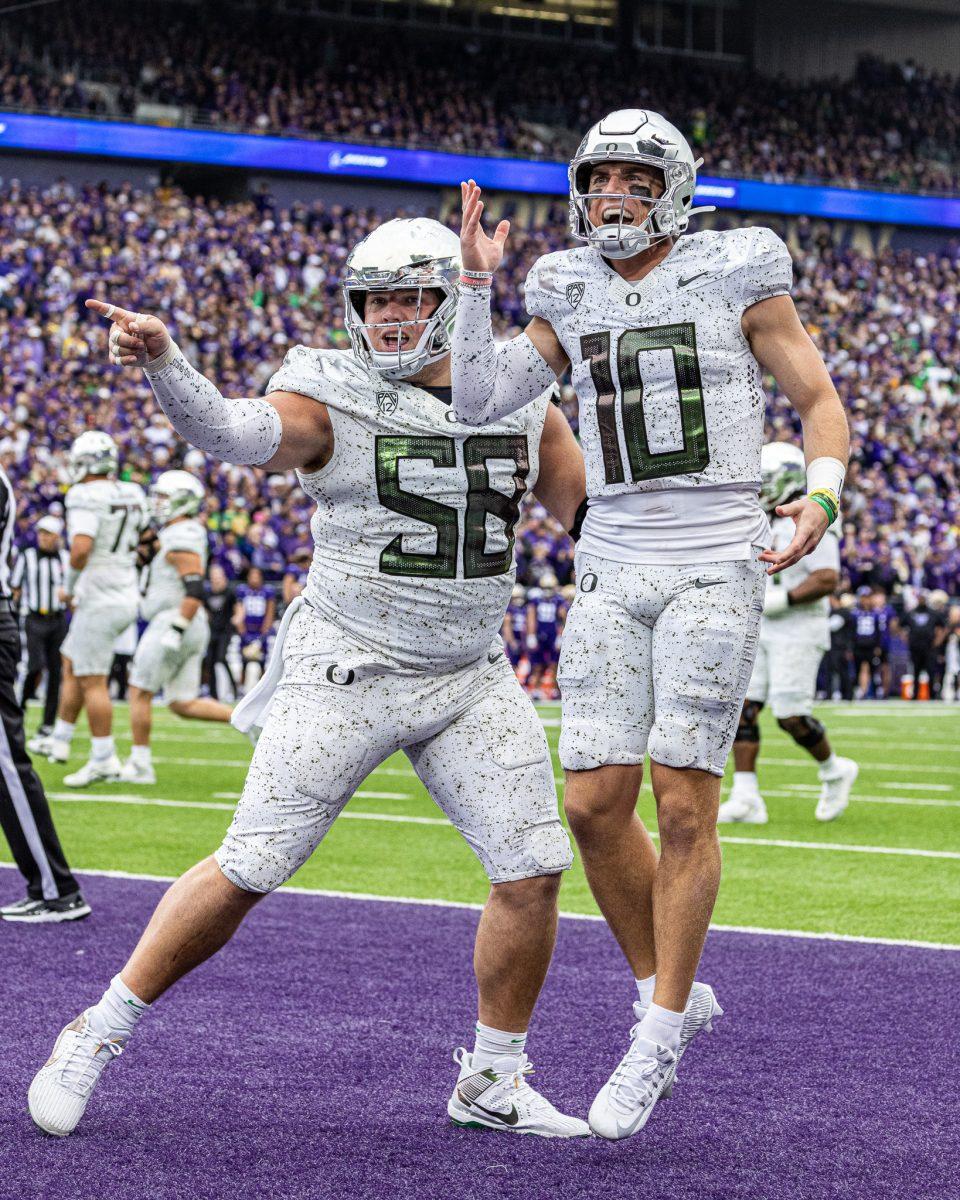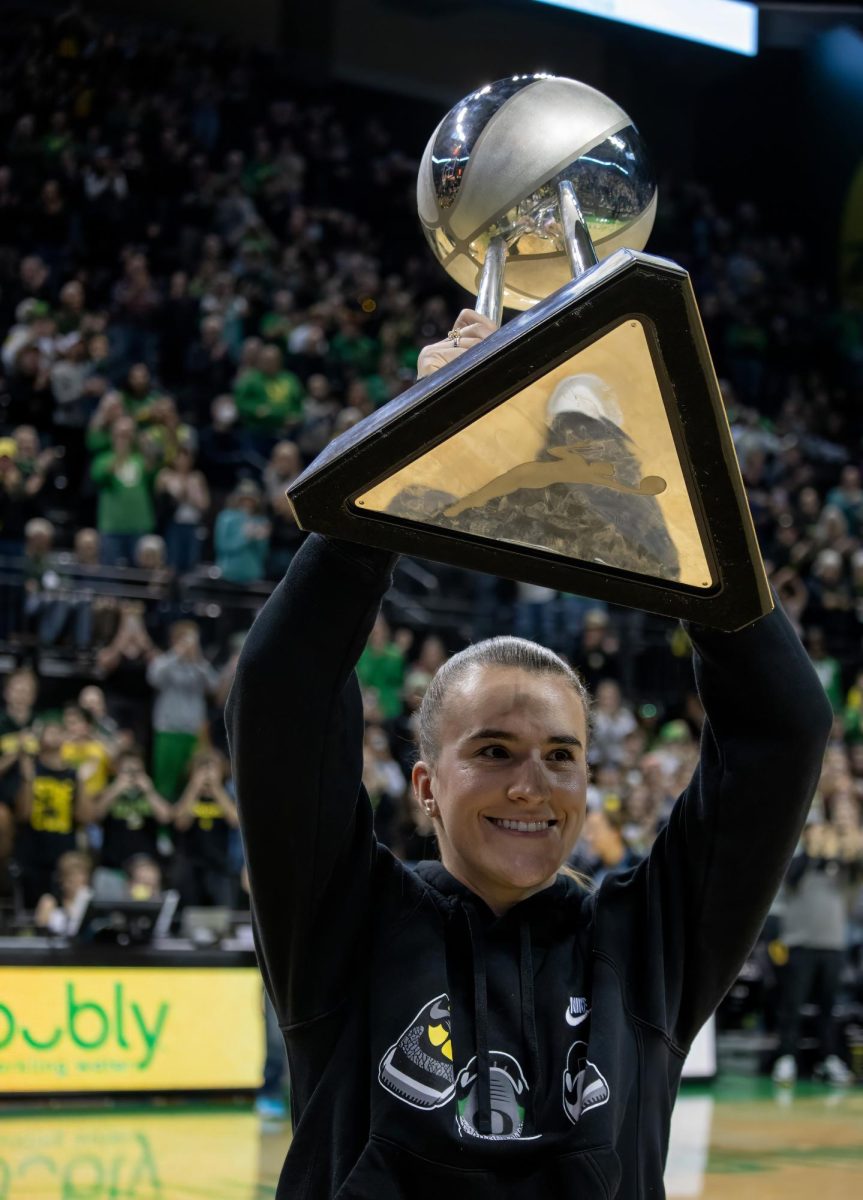In the modern age of college athletics, players, teams and fans rely more than ever on social media to promote their profiles and express their support. Gameday graphics have entire teams behind them, high school highlights go viral daily and players can now profit from their own likenesses to the tune of millions of dollars. The meteoric rise of social media has evolved in the past five years in its value to professionals, but it’s important to discuss how that crescendo in prominence affects its users, especially in sports. The availability of otherwise inaccessible public figures can be exciting, but also dangerous. As many have found, striking a balance between being present and being kept at arm’s length can be a new key to success.
A delicate balancing act
It all starts with the athletes. Spring is filled with high school seniors sat before a collection of hats — videos of this will often go viral as the sports world strives to engage with the upcoming season as soon as it can — and college athletes find themselves responsible for taking advantage of the opportunity to self-promote. Social media provides that chance to form a tenable link between the athlete and their goals, whether that be a scholarship, growth in fans or brand deals.
A landmark NCAA decision in June 2021 kicked this into overdrive, as compensation for a college athlete’s NIL (Name, Image, and Likeness) became legal. Players were now free to associate themselves with brands, profit from jersey sales, and create their own businesses based on their career.
Oregon quarterback Bo Nix, who tallies roughly 200,000 followers between Instagram and X, formerly known as Twitter, decorates his timeline with a mixture of personal and professional posts. Nix earns $1.4 million per year from NIL deals, ranking 10th in the nation according to On3 Sports. He often features posts from brand partners like Bose and Topps in between collections of his typical game photos.
However, Nix also connects with fans through a variety of engaging content. Anniversary posts and vacation highlights break up what otherwise could appear as a deluge of advertisements. His comments section is often filled with supporters pleading for another year, or wishing the Pinson, Ala., native luck.
Suffering under the spotlight
This engagement is not always organic; professional and amateur athletes alike will hire teams of social media specialists who work to curate exactly that type of reaction from a follower base like Nix’s. They’ll look to organize content that keeps the athlete in a positive light, even in negative moments.
In the midst of a difficult, injury-laden spell at Auburn, Nix largely found support from his online fanbase where many players might face criticism and harsh words. An eventual transfer to Oregon was met with hopeful responses that would eventually come to fruition, with the quarterback committing to play his final year of eligibility out in the Pacific Northwest.
Of course, Auburn fans were met with the opposite emotion; Nix’s connection to the Jordan-Hare faithful had developed over his three years in a starting slot with the Tigers, in large part online. While many wished him well, others expressed frustration in his decision. This is not uncommon for athletes to face in an age where transferring has become so normalized.
The negative connotation that comes with online comments is what often keeps players from forming that connection with their school and fanbase, and the mental health impact of social media’s openness on players can be intense. Many top athletes, including former Oregon basketball player Sedona Prince, have spoken at length about their adverse experiences on social media.
Prince, with a TikTok following of 2.7 million, faced criticism after revealing the difference between men’s and women’s locker rooms at the NCAA basketball tournament in 2021. She eventually was forced to take a break from the platform as a result of negative comments.
Bringing fans together
The players are only one part of the equation. Teams throughout college and professional sports rely on social media to promote games, make announcements and give fans an inside look in a world where radio shows and newspapers no longer have the advantage of preference. In Eugene, the @OregonFootball Instagram account posts a gameday graphic and publicizes their uniform combination to its 574k followers. It also highlights professional Ducks like the Los Angeles Chargers’ Justin Herbert throughout the year, alongside current players in competition for awards.
Those moments are just as necessary to the team’s desire to connect with their fanbase as players signing autographs and high-fiving young fans are — and that’s why the market for social media specialists and consultants has grown alongside teams being online. A communications degree became something more with the new knowledge that students gained, and journalism developed into more than just words on paper.
Given the time to develop, teams’ social media presences have become exponentially pronounced over the past decade. They’ve taken the step from additional to now being in the spotlight, and those posts have become an integral part of the gameday experience.
That impact lands most prominently amongst those in the stands; social media is equally important on both sides of the sideline. College sports draw on fans’ devotion to the school, an emotion that previously had to sustain students’ interest by itself past their time on campus. Now with social media, it’s easier than ever to feel a connection to the team from anywhere on Earth. A quick scroll through X on a Saturday afternoon will reveal an endless stream of fans weighing in together, turning the world into a huge stadium. That’s the best side of social media: its ability to bring fans closer.
With that comes responsibility and the necessity to understand how accessible those thoughts are. The onus to “keep it healthy” can’t just be on the athletes; it has to spread throughout the stadium, campus and world. Just as social media brings the universe of sports together, the hope is that platforms might shape it into something that wouldn’t be otherwise possible.
That coming together of programs, players and fans has cascaded into a new age of college athletics: one laden with possibility and devotion. Once near-mythical figures could be just a comment away, prospects can become stars and teams can inject energy into those who previously relied on memories of the past and vestiges of their time at school to sustain a lifetime of fandom. It’s an opportunity to expand the world of collegiate athletics through an ever-changing platform that gives life and passion to everyone caught in its web. Put quite simply, it’s unprecedented.
It’s new, exciting and unpredictable, but that’s college football.








